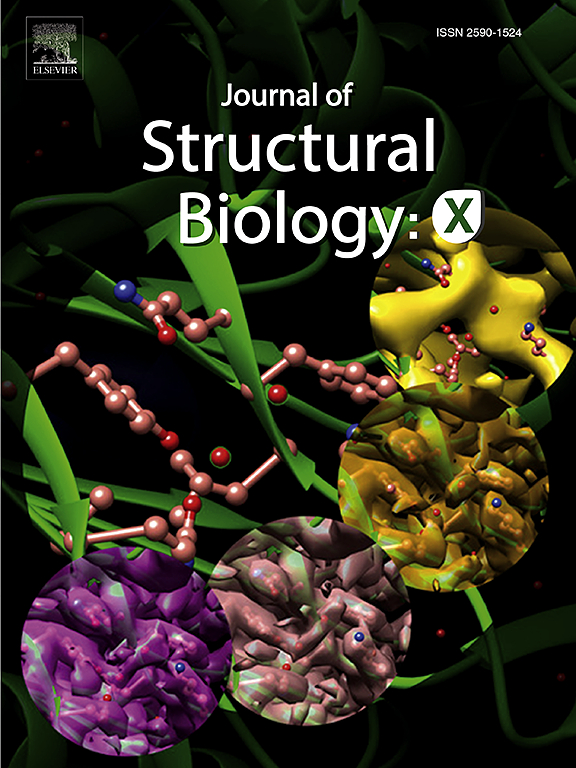一个通用的深度学习体积分割工具,用于生物样品的体积电子显微镜。
IF 2.7
3区 生物学
Q3 BIOCHEMISTRY & MOLECULAR BIOLOGY
引用次数: 0
摘要
我们提出了体积分割工具(VST),这是一种深度学习软件工具,可在来自各种生物样品类型的体积电子显微镜图像堆栈数据中实现体积图像分割。VST自动处理数据预处理、数据增强和网络构建,以及模型训练的配置,同时适应特定的数据集。我们试图通过将VST设计为完全在本地硬件上运行来使其更易于访问,并提供了一个基于浏览器的界面,该界面具有用于网络可视化和增强数据集的附加功能。VST可以在语义分割的基础上利用等高线地图预测来支持实例分割。通过来自各种树脂包埋样品衍生的透射电子显微镜和扫描电子显微镜数据集的示例,我们证明与现有方法相比,VST实现了最先进的性能。本文章由计算机程序翻译,如有差异,请以英文原文为准。

A generalist deep-learning volume segmentation tool for volume electron microscopy of biological samples
We present the Volume Segmentation Tool (VST), a deep learning software tool that implements volumetric image segmentation in volume electron microscopy image stack data from a wide range of biological sample types. VST automates the handling of data preprocessing, data augmentation, and network building, as well as the configuration for model training, while adapting to the specific dataset. We have tried to make VST more accessible by designing it to operate entirely on local hardware and have provided a browser-based interface with additional features for visualizations of the networks and augmented datasets. VST can utilise contour map prediction to support instance segmentation on top of semantic segmentation. Through examples from various resin-embedded sample derived transmission electron microscopy and scanning electron microscopy datasets, we demonstrate that VST achieves state of the art performance compared to existing approaches.
求助全文
通过发布文献求助,成功后即可免费获取论文全文。
去求助
来源期刊

Journal of structural biology
生物-生化与分子生物学
CiteScore
6.30
自引率
3.30%
发文量
88
审稿时长
65 days
期刊介绍:
Journal of Structural Biology (JSB) has an open access mirror journal, the Journal of Structural Biology: X (JSBX), sharing the same aims and scope, editorial team, submission system and rigorous peer review. Since both journals share the same editorial system, you may submit your manuscript via either journal homepage. You will be prompted during submission (and revision) to choose in which to publish your article. The editors and reviewers are not aware of the choice you made until the article has been published online. JSB and JSBX publish papers dealing with the structural analysis of living material at every level of organization by all methods that lead to an understanding of biological function in terms of molecular and supermolecular structure.
Techniques covered include:
• Light microscopy including confocal microscopy
• All types of electron microscopy
• X-ray diffraction
• Nuclear magnetic resonance
• Scanning force microscopy, scanning probe microscopy, and tunneling microscopy
• Digital image processing
• Computational insights into structure
 求助内容:
求助内容: 应助结果提醒方式:
应助结果提醒方式:


